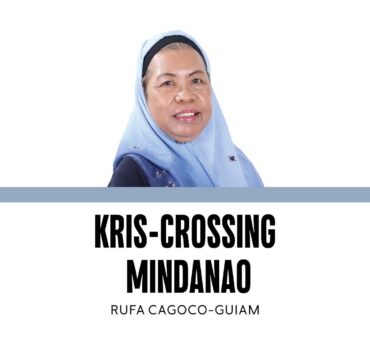A budgetary strategy to eradicate corruption in the Philippines

For the Philippines to achieve genuine inclusive progress, it must confront its most destructive obstacle: systemic corruption. This disease drains public funds, weakens trust in institutions, and traps citizens in poverty. While anticorruption bodies exist, they are critically underfunded. To effectively eradicate graft, the government must make a decisive investment by significantly increasing the budgets of its two key anticorruption agencies: the Office of the Ombudsman and the Sandiganbayan.
While the mandate of the Ombudsman is enormous, its resources are inadequate compared to the clever, well-funded networks it investigates. A small, overworked team faces an endless flood of cases, leading to massive backlogs. These delays allow the accused to manipulate the legal system, intimidate witnesses, and evade justice.
A transformative, fourfold increase in the Ombudsman’s budget is essential to break this cycle. This investment would directly fund two critical needs.
More investigators mean more cases can be pursued simultaneously and thoroughly. Complex graft cases require deep forensic accounting and evidence gathering. A larger team can work on multiple investigations at once, speeding up the process from complaint to filing and preventing evidence from being lost or tampered with.
Filing cases is not enough; winning them is what counts. Currently, Ombudsman prosecutors are often outmatched by the high-priced private lawyers hired by wealthy accused officials. A bolstered roster of specialized prosecutors would ensure every case is rigorously prepared and presented, leading to more convictions.
A higher conviction rate transforms corruption from a low-risk, high-reward activity into a high-risk gamble with one’s freedom and reputation. When the certainty of punishment increases, the temptation to engage in graft decreases.
The Sandiganbayan, the specialized antigraft court, is the final arbiter of accountability. Yet, it is crippled by delays and an overwhelming caseload. Doubling the Sandiganbayan’s budget is a necessary investment to modernize and expand the court.
Funds would drive a comprehensive digital transformation, replacing cumbersome physical files with efficient electronic systems. This would reduce errors, allow for real-time case tracking, and speed up all procedures. Furthermore, it would support hiring more administrative staff—legal researchers, IT support, stenographers—creating a proficient workforce that is the backbone of an efficient judiciary.
A doubled budget would allow for the creation of new divisions and the appointment of more justices, which would enable the court to hear a greater volume of cases concurrently, ensuring each one receives the thorough and timely attention it deserves.
A modern, efficient Sandiganbayan has the “teeth” and speed to punish wrongdoing, acting as a powerful deterrent to potential offenders.
Critics may claim that simply increasing budgets is not a solution. However, operational capacity is a prerequisite for political will. Even the most determined leaders cannot eradicate corruption if the enforcing institutions are organizationally weak. This budgetary investment must be part of a broader reform package that protects the independence of the Ombudsman and the Sandiganbayan.
Eradicating corruption requires more than rhetoric; it demands tangible, institutional empowerment. By strategically investing in both the Ombudsman and the Sandiganbayan, the Philippines can build a powerful, end-to-end anticorruption machinery.
Manny Ilao,
manny.ilao@yahoo.com

















Time for a woman —or Muslim—UN secretary general?